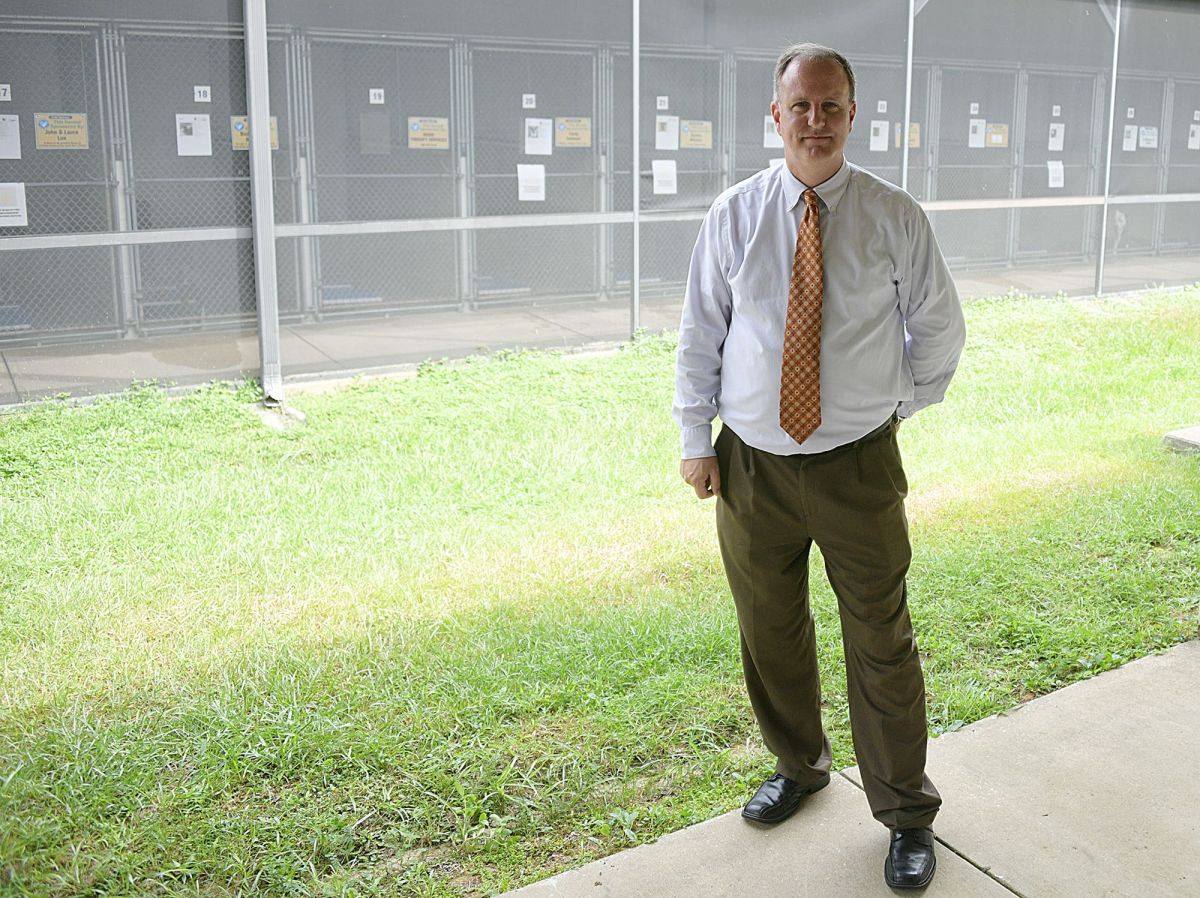Panhandle Animal Welfare Society in dire financial straits

Tracey Kinsley, director of the Panhandle Animal Welfare Society (PAWS), recently released a statement detailing the financial shortfall the animal shelter is currently experiencing.
“PAWS is in a financial crisis, and we are facing the very real possibility of closure in early 2026 unless immediate action is taken. Yes, We Are Full.
This isn’t just a local issue. Shelters across the country are full—ours included—and cries for help are echoing from every corner of the animal welfare community. We are not alone in this struggle, but we are responsible for how we respond to it here at home. Let me be perfectly clear: we are not going to “let the animals go” or “release them into the wild.” That’s not who we are. That is not what we do.
PAWS only has 56 kennels available to humanely house dogs. That is the total capacity for strays, surrenders, cruelty cases, dangerous dog holds, and bite quarantines. The current building was constructed in 1990, for the population and needs of that time. We are now serving a much larger community with dramatically higher intake numbers—and we are always full due to the overwhelming number of stray and abandoned animals entering our doors each year. I want to reiterate that we DO NOT euthanize for space, but we are at capacity almost every single day.”
In Kinsley’s letter, she expanded upon the shelter’s financial problems.
PAWS, a nonprofit organization, works with Okaloosa County and municipalities in the county through voluntary contracted agreements. The shelter receives year to year funding in exchange for animal control and sheltering services.
As part of the agreements, Kinsley said, some jurisdictions pay a per capita rate, which means they agree to pay PAWS a fixed amount per community resident to cover the cost of animal control services.
For example, if a city has 10,000 residents and agrees to a per capita rate of $5.00, they will pay $50,000 annually to PAWS for services such as picking up stray, injured or dangerous animals, responding to cruelty or neglect complaints and quarantining animals that bite or are exposed to rabies.
Currently, PAWS receives around $900,000 combined from the municipalities it works with.
“While this may sound like a fair system, the reality is that per capita rates have not kept pace with the rising costs of care,” Kinsley said. “The amount received from most jurisdictions does not begin to cover the full cost of feeding, sheltering and providing medical care for the animals brought in under these contracts.”
As of July 2025, PAWS has taken in 2,240 animals since the beginning of the current fiscal year (which began in October 2024). With an average animal intake costing $500, the total expenses facing PAWS amounts to $1.12 million, putting the organization in a financial hole of $220,000.
Kinsley has called on the community to pitch in to help PAWS stay afloat.
To read the full letter from PAWS, visit https://www.paws-shelter.org/about-7.
Santa Rosa County response
Randy Lambert, the director of Santa Rosa County Animal Services, said he doesn’t quite know what to expect from the situation facing PAWS.
“We don’t have a lot of interaction with (PAWS),” Lambert said. “I don’t remember exchanging animals with them (not that I know of). They haven’t reached out to me.”
While SRCAS doesn’t typically take animals from PAWS, its not out of the realm of possibility. A few years ago, the Pensacola Humane Society was dealing with issues of their own and had to empty its shelter.
Lambert said the Humane Society reached out to Santa Rosa County to see if they could take somewhere around 60 to 70 cats. SRCAS ultimately did.
Although PAWS hasn’t reached out to Lambert, he said a person with Okaloosa County reached out to Lambert four weeks ago asking about SRCAS’ budget, personnel, procedures and facility size. Lambert said he invited the “administrative assistant” to come to the shelter but didn’t hear back.
Lambert told Navarre Press that while SRCAS isn’t in financial trouble, they are near capacity for animal intake.
“We are pretty taxed,” Lambert said.
When Lambert spoke with Navarre Press, Aug. 5, there were 294 animals in SRCAS custody with 109 were in the shelter. According to Lambert, there were 65 dogs at the shelter. There are only 70 spots for them, meaning an influx of dogs from a neglect case or something else may have tipped them over capacity. There were also 44 cats.
The remaining 185 animals were being kept by residents through the shelter’s foster program. At various points, Lambert said he has seen over 600 animals in the shelter at one time and down to 205 at another point.
He said the ultimate goal is to have none in the shelter and that each animal have a home.
“Contrary to popular belief, we don’t want your dog or cat,” Lambert said.
Lambert said Santa Rosa County supports animal services adequately but credits the nonprofit, Friends of the Santa Rosa County Animal Shelter, with helping pay for and supply goods for the shelter that go beyond available funding.







